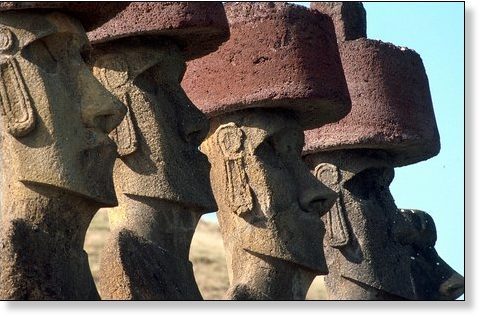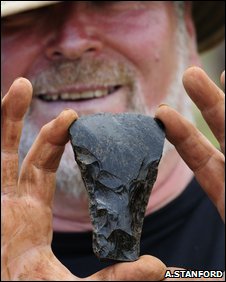OF THE
TIMES
A nation that continues year after year to spend more money on military defense than on programs of social uplift is approaching spiritual doom.
Bluestones number 56 would fit with the 56 phases of the moon. For a different timeline to all ancient monuments including Stonehenge try Mario...
Quote: " They are the ones robbing your granny and my parents with phishing emails. So, Russia is directly challenging us at all levels." What do...
In my view, this is an omen for UK. From Humpty Dumpty, "All the kings horses and all the kings men, couldn't put Humpty Dumpty together again."...
Ann 88. However they are going to be forced to recognise the mad killer bastards in their midst. Given the excesses, the G word, those who have...
Start a Substack. You long-winded commenters. Don’t waste your words here for someone else to steal and monetize, because they certainly will not...
To submit an article for publication, see our Submission Guidelines
Reader comments do not necessarily reflect the views of the volunteers, editors, and directors of SOTT.net or the Quantum Future Group.
Some icons on this site were created by: Afterglow, Aha-Soft, AntialiasFactory, artdesigner.lv, Artura, DailyOverview, Everaldo, GraphicsFuel, IconFactory, Iconka, IconShock, Icons-Land, i-love-icons, KDE-look.org, Klukeart, mugenb16, Map Icons Collection, PetshopBoxStudio, VisualPharm, wbeiruti, WebIconset
Powered by PikaJS 🐁 and In·Site
Original content © 2002-2024 by Sott.net/Signs of the Times. See: FAIR USE NOTICE


Reader Comments
to our Newsletter